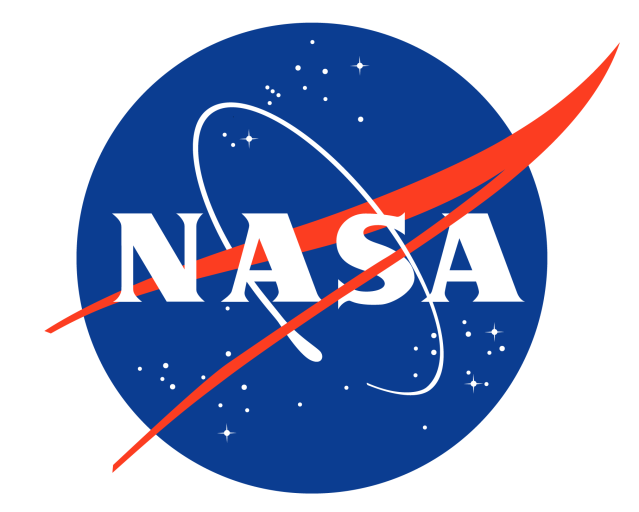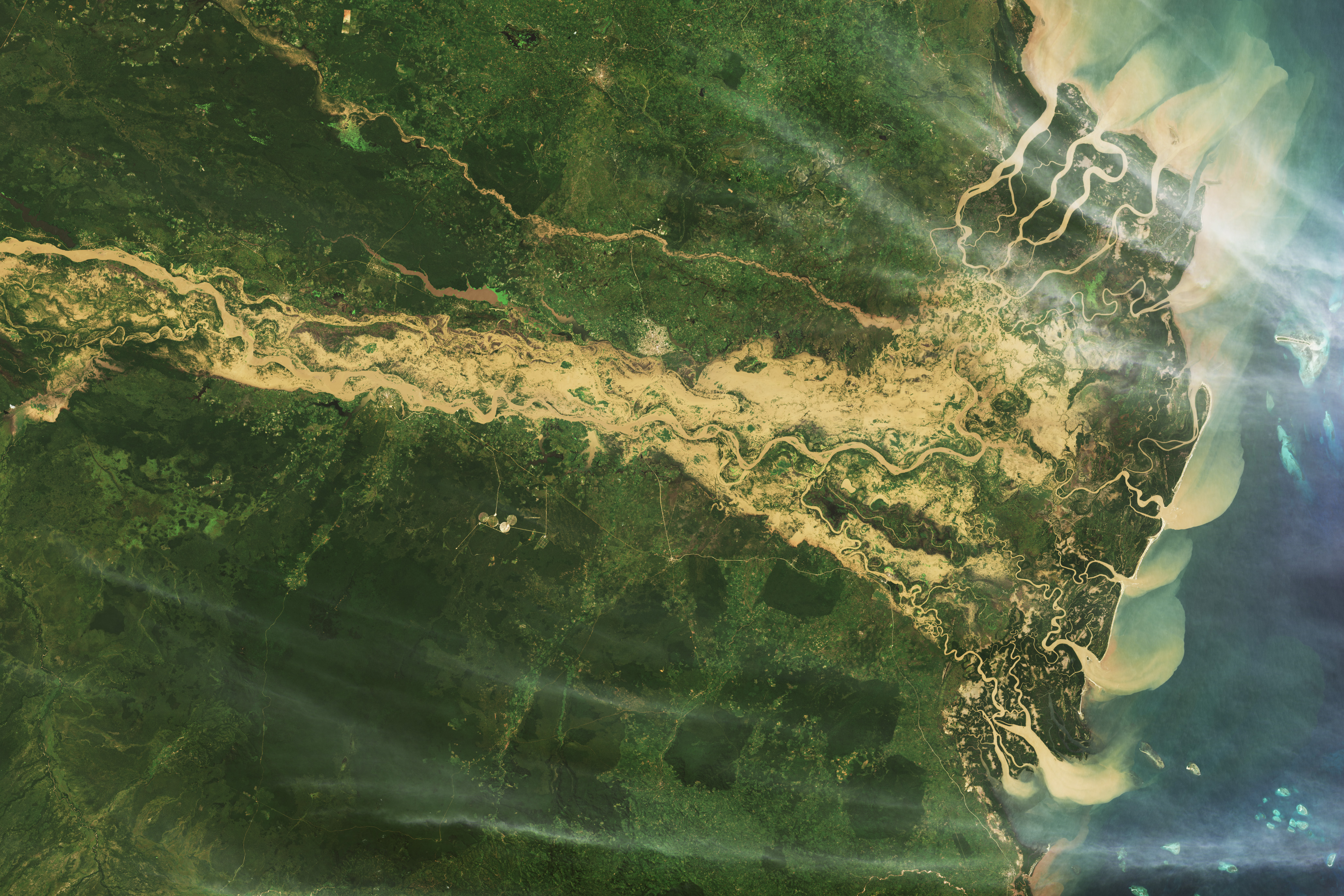
Ralph Morse
Reporter, LIFE Magazine
LIFE magazine’s managing editors George Hunt and Ed Thompson both stated in a speech and book, “If life could afford only one photographer, it would have to be Ralph Morse.”
Morse was an eyewitness to some of the most important events during the 20th century. He photographed some of the most widely seen pictures of World War II, sports events and the space program which he covered for more than 15 years.
During his thirty years with LIFE, Morse covered every type of assignment from science to theater, and he was the senior staff photographer at the time it ceased publication. Encyclopedias and history books abound with his coverage of World War II, the marines at Guadalcanal, the Doolittle raid on Tokyo and Patton’s drive across France. Morse was the only civilian photographer covering the surrender of the German armies to Gen. Eisenhower for the entire world to see.
Assigned to the space program during its infancy, he spent 15 years using inventive photography to explain the astronauts and space flights to LIFE’s readers.
A welcome face among the media at NASA’s Kennedy Space Center, Morse covered the John Glenn flight in 1962 and was recalled from retirement to cover John Glenn’s second flight in 1998. He was present for almost every human space flight and many unmanned missions. The LIFE magazine contract with the original seven astronauts allowed him extraordinary access to their lives and he made the most of the opportunity.
Although he always claimed to be a specialist in nothing, but a journalist portraying words in pictures, his 30 awards belied that claim. He was a specialist at finding the best angle, the best position, the best exposure and the best combination of emulsion and camera to tell any story.
A native of New York City, Morse had a burning desire to be a photographer from a young age. He took every photographic course offered at City College of New York and then hit the pavement looking for a job. Going from agency to agency, his first job was with Paul Parker, a social photographer. Next he freelanced through the PIX agency. PIX were so impressed it urged LIFE’s picture editor to meet him. A test assignment confirmed his talent and Morse spent the next 30 years with LIFE.
In 1972, when LIFE discontinued regular publication, Morse switched to Time magazine and continued his award winning career and his trips to the Kennedy Space Center.



























